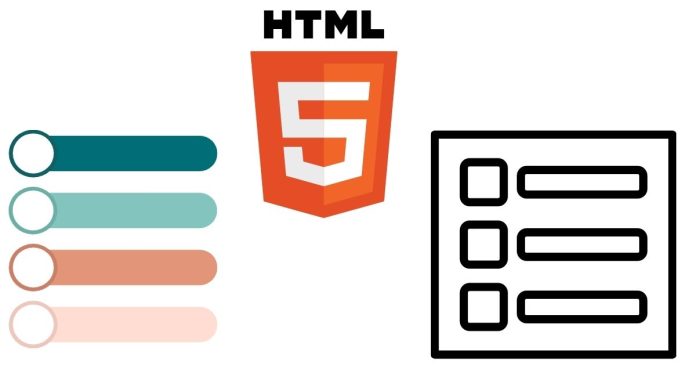In HTML, lists are a fundamental way to organize and display content. An unordered list is a type of list where the items are displayed with bullet points rather than numbers or letters. These lists are widely used for presenting items that don’t follow a sequential order, such as feature lists, navigation menus, and more.
This article explores the structure, syntax, and practical uses of unordered lists in HTML, along with tips for customization.
What is an Unordered List?
An unordered list in HTML is a collection of list items that are displayed with bullet points. It is created using the <ul> (unordered list) element, with individual items enclosed in <li> (list item) elements.
Syntax
The basic structure of an unordered list is as follows:
Output:
- Item 1
- Item 2
- Item 3
Attributes of <ul>
The <ul> element supports standard global attributes such as id, class, and style, which can be used for styling or interaction.
Example with Attributes:
Styling Unordered Lists
CSS can be used to customize the appearance of unordered lists. Common properties include:
- Changing Bullet Style (
list-style-type)
Thelist-style-typeproperty controls the bullet style.Examples:
- Default (Disc):
- Circle:
- Square:
- None (No Bullets):
- Customizing Indentation and Padding
- Remove default padding:
- Add custom padding:
- Adding Custom Bullets with Images (
list-style-image)
Replace bullets with images using thelist-style-imageproperty.
Nested Unordered Lists
Unordered lists can be nested to create multi-level lists. Each nested list is placed inside an <li> element.
Output:
- Fruits
- Apple
- Banana
- Vegetables
- Carrot
- Spinach
Accessibility Considerations
- Use Semantic Tags:
Always use<ul>for unordered lists instead of manually creating bullet points with symbols like•. This ensures accessibility and consistency. - ARIA Roles:
While<ul>is inherently accessible, you can enhance accessibility for custom list designs with ARIA roles when necessary. - Readable Content:
Ensure list items are short and descriptive to improve readability for users and screen readers.
Unordered List in Navigation Menus
Unordered lists are frequently used in navigation menus:
CSS for styling:
Real-World Applications
- Feature Lists: Display features of a product or service.
- Navigation Bars: Use unordered lists for responsive navigation.
- FAQ Sections: Present lists of questions or answers.
Unordered lists are a versatile and essential tool for structuring content in HTML. With their semantic value and flexibility, they are ideal for non-sequential items and adaptable for a variety of use cases. By combining unordered lists with CSS, you can create visually appealing and accessible layouts that enhance user experience.


